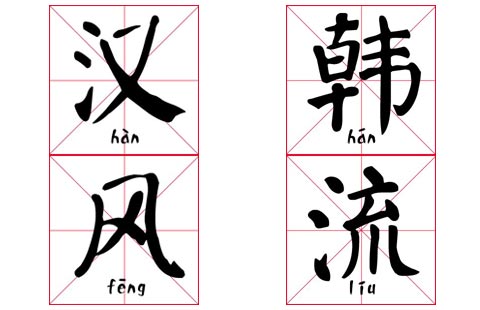China's Mogao Grottoes protected from sand erosion
( Xinhua ) Updated: 2014-09-02 10:14:42
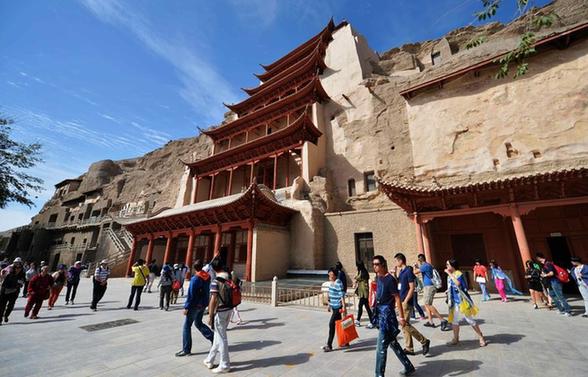 |
|
[Photo/Xinhua] |
The renowned Mogao Grottoes, a UNESCO World Heritage Site in Northwest China's Gansu province, have been protected from sand erosion and encroaching desert following 70 years of continuous effort, the site's administration said on Monday.
|
|
|
 |
Wang Wanfu, deputy director of the Relics Preservation Research Institute under the Dunhuang Academy, which administers the site, said that a combined system consisting of barriers, sand and plant belts, patches of grass and gravel have been installed to ward off erosion.
The accumulated sand in the grottoes today has been reduced by more than 85 percent from the amount reported in the 1980s, according to Wang.
Damage to murals and colored sculptures in the grottoes has been minimized and the environment around the grottoes has been improved due to sand control projects, he said.
Since the 1940s, various measures to stop drifting sand have been taken in the Mogao Grottoes. In the late 1980s, the Dunhuang Academy started cooperating with international protection and research institutes to protect the grottoes. A project launched in 2008 has also strengthened the sand control system around the grottoes.
The Mogao Grottoes have gained global recognition for their huge collection of Buddhist artwork, boasting more than 2,000 colored sculptures and 45,000 square meters of frescoes in 735 caves carved along a cliff. It became China's first UNESCO World Heritage Site in 1987.
|
|
|
|
|
|
|
|
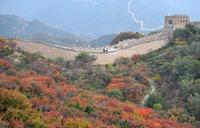
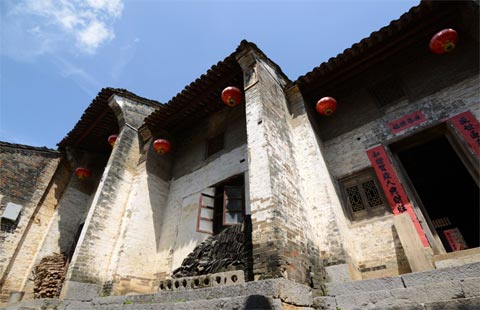




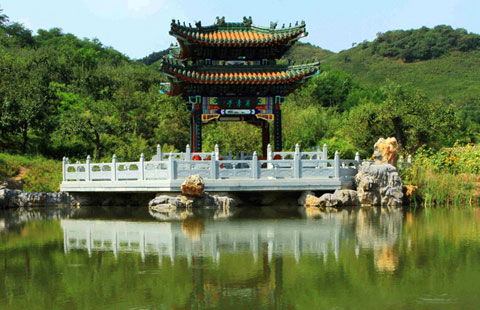
















 Selfies and the art of staying within limits
Selfies and the art of staying within limits Raymond Zhou:
Raymond Zhou: Pauline D Loh:
Pauline D Loh: Hot Pot
Hot Pot Eco China
Eco China



